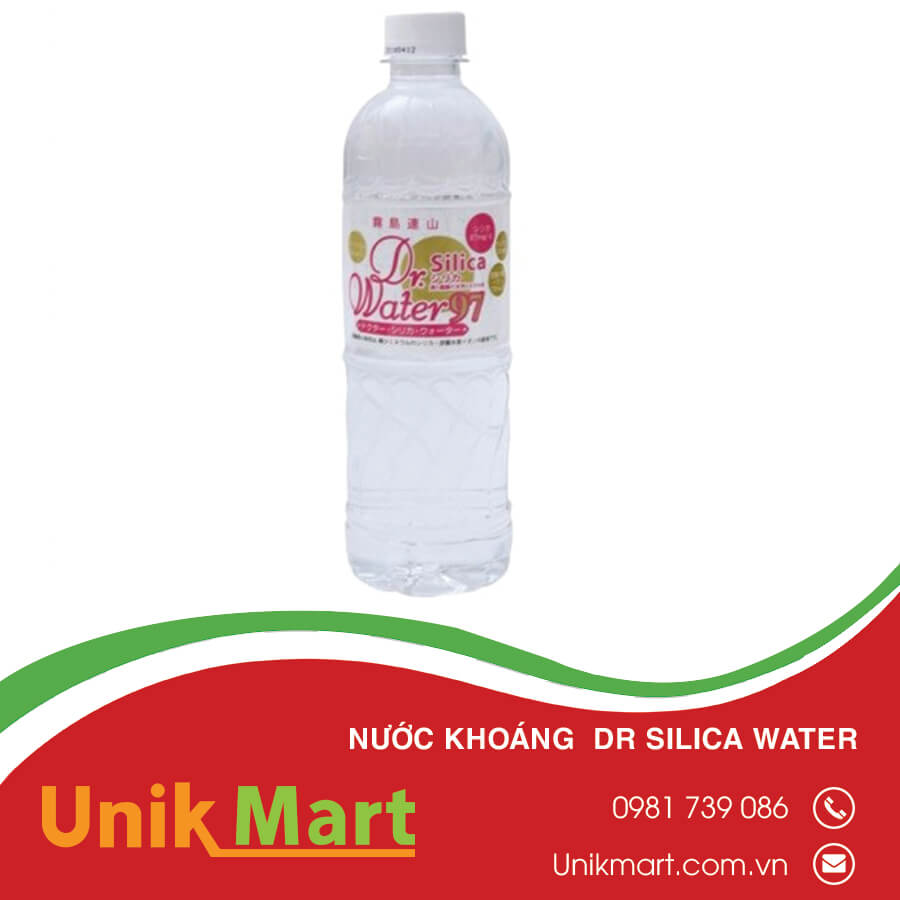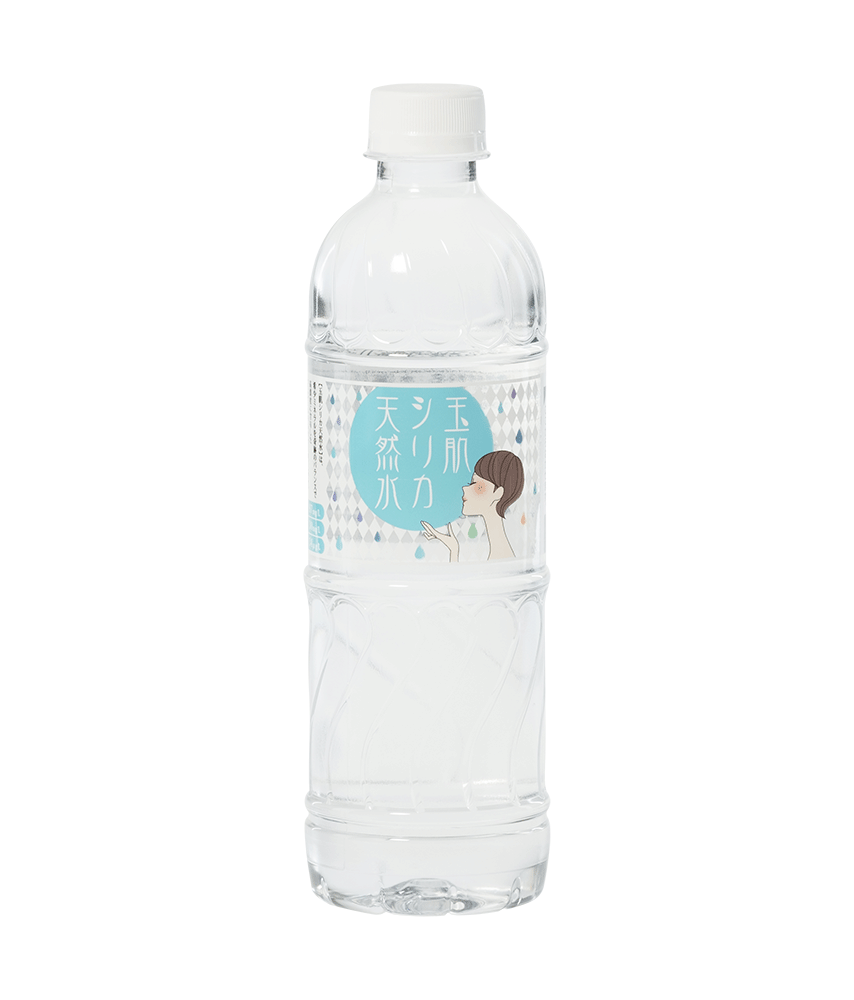

It can go up or down depending on the thermal treatment and amount of moisture to which the quartz glass is exposed at elevated temperature. Hydroxyl content in this range is not fixed in the glass structure. Electrically fused quartz has the lowest hydroxyl content (< 1 – 30 ppm) since it is normally made in vacuum or a dry atmosphere. General, high OH contents means lower use temperature. OH content influences the physical properties like attenuation and viscosity. OH content In addition to metallic impurities, fused quartz and fused silica also contain water present as OH units. For fused quartz the amount is approximately 20 ppm and consists primarily of Al2O3 with much smaller amounts of alkalis, Fe 2O 3, TiO 2, MgO and ZrO 2. Synthetic fused silica from Heraeus contains total metallic contamination below 1ppm. The purities of fused quartz and fused silica are outstandingly high. They can also influence the properties of material processed in contact with the quartz glass during the final use application.

These contaminants not only affect the viscosity, optical absorption and electrical properties of the quartz glass. The most common impurities are metals (such as Al, Na and Fe among others), water (present as OH groups) and chlorine. Additionally, Heraeus has different purification steps to improve the quality of the quartz sand as raw material even further. Special precautions must be taken at all stages of manufacture to maintain high purity.

Purity is mostly determined by the raw material, the manufacturing method and subsequent handling procedures. Fused silica has an outstanding high purity and therefore is an indispensable material in the fabrication of high-tech products.ĭespite existing at very low levels, contaminants have subtle yet significant effects. Purity is crucial for most industrial applications and processes. , is also used as a heat barrier or for diffuse scattering of IR radiation. Quartz glass also exists as an opaque variety and with different coloration to change the physical and chemical properties like transmission or absorption for specific wavelength (filter glass).

Lots of glasses are impermeable to ultraviolet radiation, but only pure fused silica (only SiO 2) is transparent for wavelengths < 350 nm (UV). Therefore synthetic quartz glass is used to transmit light across many kilometers. Extremely clear glass can be used for optical fibers. Quartz glass is the purest form of SiO 2 and therefore the most valuable and sophisticated variety. Glass can be made from pure silica, but quartz glass (also referred as quartz) has a high glass transition point at around 1200☌, which makes it difficult to form into panes or bottles. Manufactured glass is a material formed when a mixture of sand, soda and lime is heated to a high temperature and stays in a molten, liquid state. Chemical like soda (Sodium carbonate, Na 2CO 3) and in the past also potash (potassium carbonate, K 2CO 3), manganese oxide and metal oxides influence the properties of glass. Glass – Additives and the industrial use of glass The use of glass as one of the oldest, but also very important materials for the industry is linked with the application of additives.
Silica water how to#
Most common types of glass At least 2000 years ago humans learned how to lower the glass softening temperatures by adding lime an soda before heating, which resulted in a glass containing sodium and calcium oxide. Transparent materials allow light to pass through them without diffusing (scattering) the light. In general such glasses are associated with glass. This means transmissibility for the visible spectrum of light. Many glass varieties are clear and transparent respectively. Glass (from “glasa”, Germanic for amber, the shiny or shimmery) also consists of silicon and oxide, but is a uniform amorphous solid material. Quartz is one of the most common minerals in the earths crust. Quartz is the most stable crystal modification at normal temperature and pressure conditions. Silicon Dioxide – Glass – Quartz – Fused Silica Silicon Dioxide (SiO 2) is the most simple chemical composition of glass. Products for Semiconductor Applications.Material Processing & Industrial Applications.


 0 kommentar(er)
0 kommentar(er)
